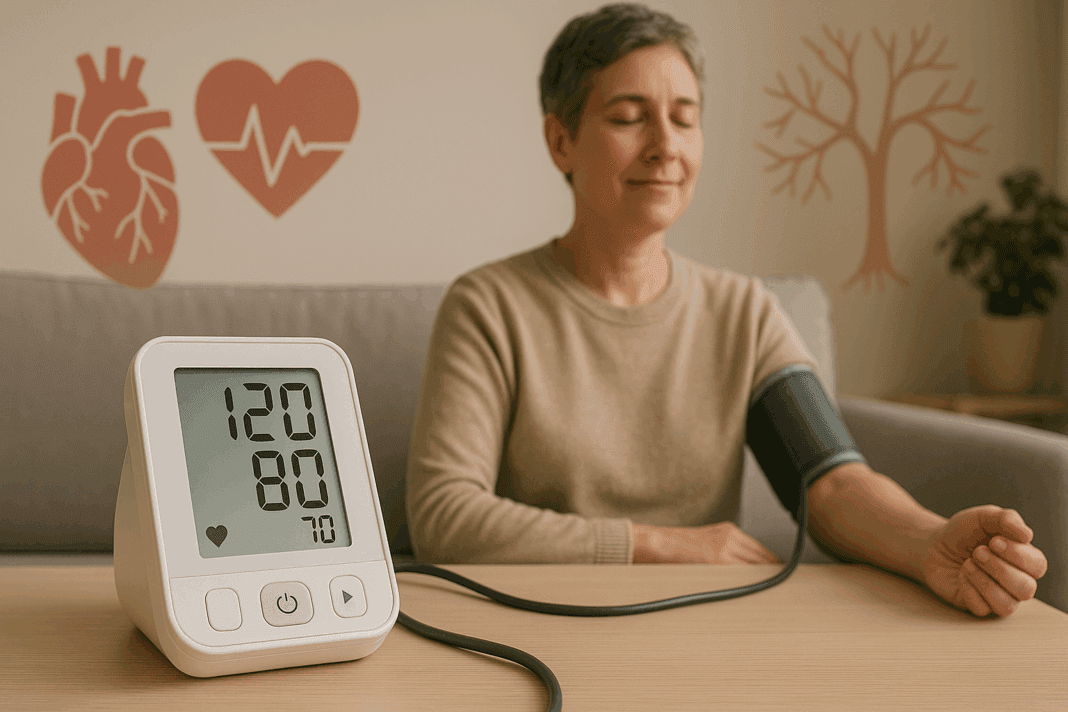Blood pressure is one of the most fundamental indicators of cardiovascular health, yet many people do not fully understand how to read a BP measurement or interpret its significance. For healthcare professionals and patients alike, decoding what a blood pressure reading means can provide critical insight into overall wellness, early detection of risk factors, and guidance for treatment decisions. Given the prevalence of hypertension and related cardiovascular conditions, mastering the basics of blood pressure measurement is not just medically prudent—it’s essential.
In this comprehensive guide, we will explore what blood pressure numbers really represent, how to test blood pressure effectively, and how to use tools like a blood pressure monitoring chart to track changes over time. We’ll also examine common methods of measurement, understand when not to take blood pressure, and dive into the medical science behind how blood pressure monitors work. Whether you’re managing a condition or simply trying to stay informed, this guide aims to equip you with everything you need to know about taking blood pressure accurately and responsibly.
You may also like: Sudden Spikes in Blood Pressure: What Can Cause a Sudden Increase and When to Seek Medical Attention
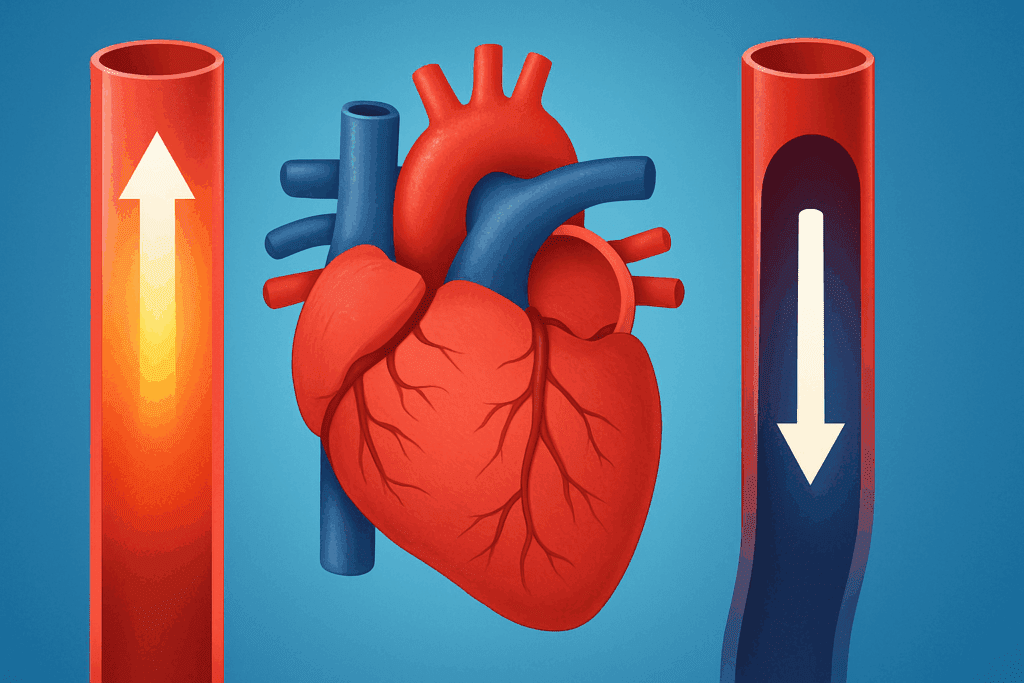
The Basics of Blood Pressure: What Do the Numbers Mean?
When you look at a typical blood pressure reading, you’ll see two numbers separated by a slash—for example, 120/80 mmHg. The top number, known as systolic pressure, measures the force your blood exerts against artery walls when the heart beats. The bottom number, called diastolic pressure, captures that same force when the heart rests between beats. Understanding what is systolic pressure and its counterpart, diastolic pressure, is the first step in learning how to read BP measurements.
These numbers are expressed in millimeters of mercury (mmHg), the standard blood pressure measurement unit. This unit has been retained from the early days of medical measurement when mercury-filled devices were used. Today’s modern monitors may be digital, but they continue to report in this unit for consistency and medical standardization. It’s crucial to grasp what is the unit of the blood pressure measurement because it provides a consistent baseline for comparison.
When learning how to read a BP reading, one must understand the standard reference ranges. A normal reading is typically around 120/80 mmHg. Elevated blood pressure begins at readings like 130/85, and hypertension is diagnosed when readings consistently rise above 140/90. There are also stages of hypertension and a category for hypertensive crisis, both of which require immediate medical attention. Accurate interpretation of blood pressure informs not just diagnoses but also long-term cardiovascular risk assessments.

How to Test Blood Pressure Correctly and Consistently
One of the most frequently asked questions is, “how can I check blood pressure at home and get reliable results?” The key lies in preparation, equipment, and timing. First, ensure you’re using a reliable device—whether it’s a traditional sphygmomanometer or an automated digital monitor. Many people now use a blood pressure checker available for home use, which simplifies the process and makes routine monitoring more accessible.
Knowing how to test blood pressure starts with correct posture. Sit with your back supported, feet flat on the floor, and arm at heart level. Avoid caffeine, exercise, or stress-inducing activities for at least 30 minutes before the reading. It’s also important to consider when to take blood pressure readings, as levels can vary throughout the day. For most individuals, early morning and early evening are ideal times.
It’s also vital to recognize when not to take blood pressure. After physical exertion, during emotional distress, or immediately after eating are all times when results may be skewed. Understanding these nuances is central to gaining an accurate picture of your cardiovascular state. If you’re using a wrist device, it’s worth noting that a blood pressure 140 on wrist monitor may not align with upper-arm readings. Wrist monitors are more prone to error due to their sensitivity to positioning.
For those wondering, “how do you check BP manually?” the process involves a stethoscope and cuff, inflated to compress the artery and then gradually released while listening for specific Korotkoff sounds. However, most individuals today rely on automated devices, making blood pressure screening more convenient, particularly in clinical or home settings.
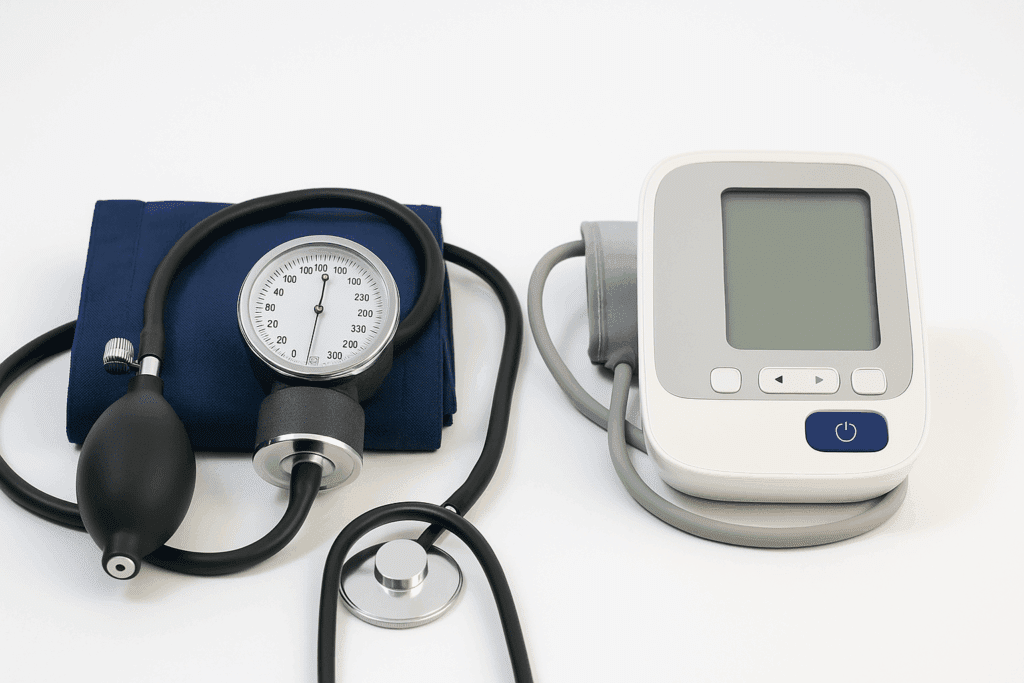
Understanding the Tools: How Does a Blood Pressure Monitor Work?
Blood pressure monitors have evolved significantly over the years, but their core function remains based on a straightforward principle—measuring the force of blood against arterial walls. The question, “how does a blood pressure monitor work?” can be answered by examining both manual and digital types. Manual monitors require a cuff, a pressure gauge, and a stethoscope. The cuff inflates to temporarily halt blood flow, and then pressure is released while sounds are listened for to determine systolic and diastolic readings.
In contrast, digital monitors automate this process using sensors that detect oscillations in the artery as pressure is applied and released. These devices are intuitive and reduce the potential for human error. The technology behind how a blood pressure cuff works is rooted in occluding and then gradually reopening blood flow to assess changes in arterial pressure. Whether manual or digital, understanding this process helps users trust their readings and know when recalibration or replacement might be necessary.
Modern devices also incorporate features such as averaging multiple readings, indicating irregular heart rhythms, and syncing data to apps for easier tracking. All of these features contribute to more accurate and actionable results. By knowing how does a blood pressure monitor work in practical terms, users can better evaluate the credibility of their results and advocate for their health during clinical appointments.
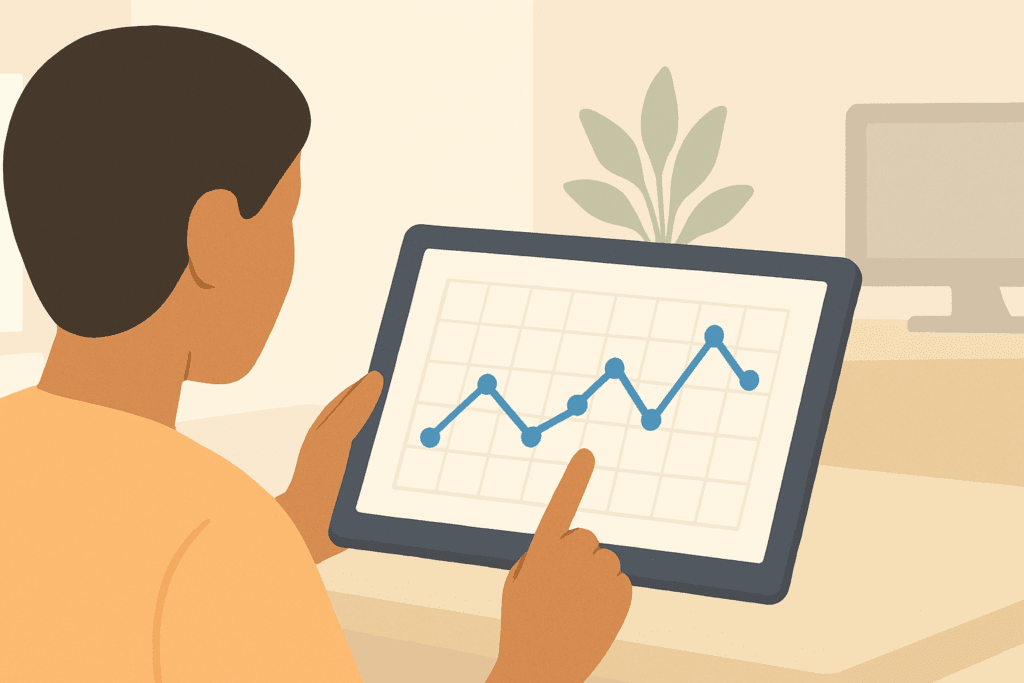
Tracking Results Over Time with a Blood Pressure Monitoring Chart
Maintaining a record of readings is critical for identifying patterns and trends. A blood pressure monitoring chart allows individuals and healthcare professionals to assess whether interventions such as medication, lifestyle changes, or dietary modifications are producing desired effects. Regular tracking is also essential in cases of white-coat hypertension, where readings spike in clinical environments but remain normal at home.
Using a monitoring chart enhances the interpretation of blood pressure over time and provides a visual representation of health trajectories. This visual feedback can be motivating and informative, reinforcing positive habits or alerting users to problematic fluctuations. If you’re unsure how to read a BP measurement in a chart, the general rule is to look for consistency within the normal range rather than isolated readings.
It’s also helpful to include contextual data like time of day, medication use, diet, and stress levels alongside the numeric values. This added detail turns your blood pressure monitoring chart into a more comprehensive tool for medical interpretation. As blood pressure is influenced by many variables, consistent tracking supports personalized care rather than one-size-fits-all advice.
Exploring the Science Behind Blood Pressure Measurement Units
The unit for BP—millimeters of mercury (mmHg)—has a fascinating historical and scientific basis. It reflects the pressure exerted by the blood on arterial walls, measured as the height of a mercury column displaced by that force. While mercury is no longer commonly used in clinical devices, the unit persists as a benchmark. Understanding the blood pressure measurement unit offers clarity when comparing devices or reading scientific literature.
Questions like “what is the unit of the blood pressure?” and “what is a BP measurement unit based on?” are not just academic—they help lay the groundwork for comprehending other cardiovascular assessments, such as pulse pressure and mean arterial pressure. These calculations rely on accurate BP data, which, in turn, depends on consistency in measurement units.
When learning how can you measure blood pressure in different settings—home, clinic, or pharmacy—the use of a standardized unit ensures uniformity and comparability. Whether you’re interpreting readings from a smartwatch or a hospital-grade machine, knowing the unit for BP brings coherence to the process and empowers better decision-making.
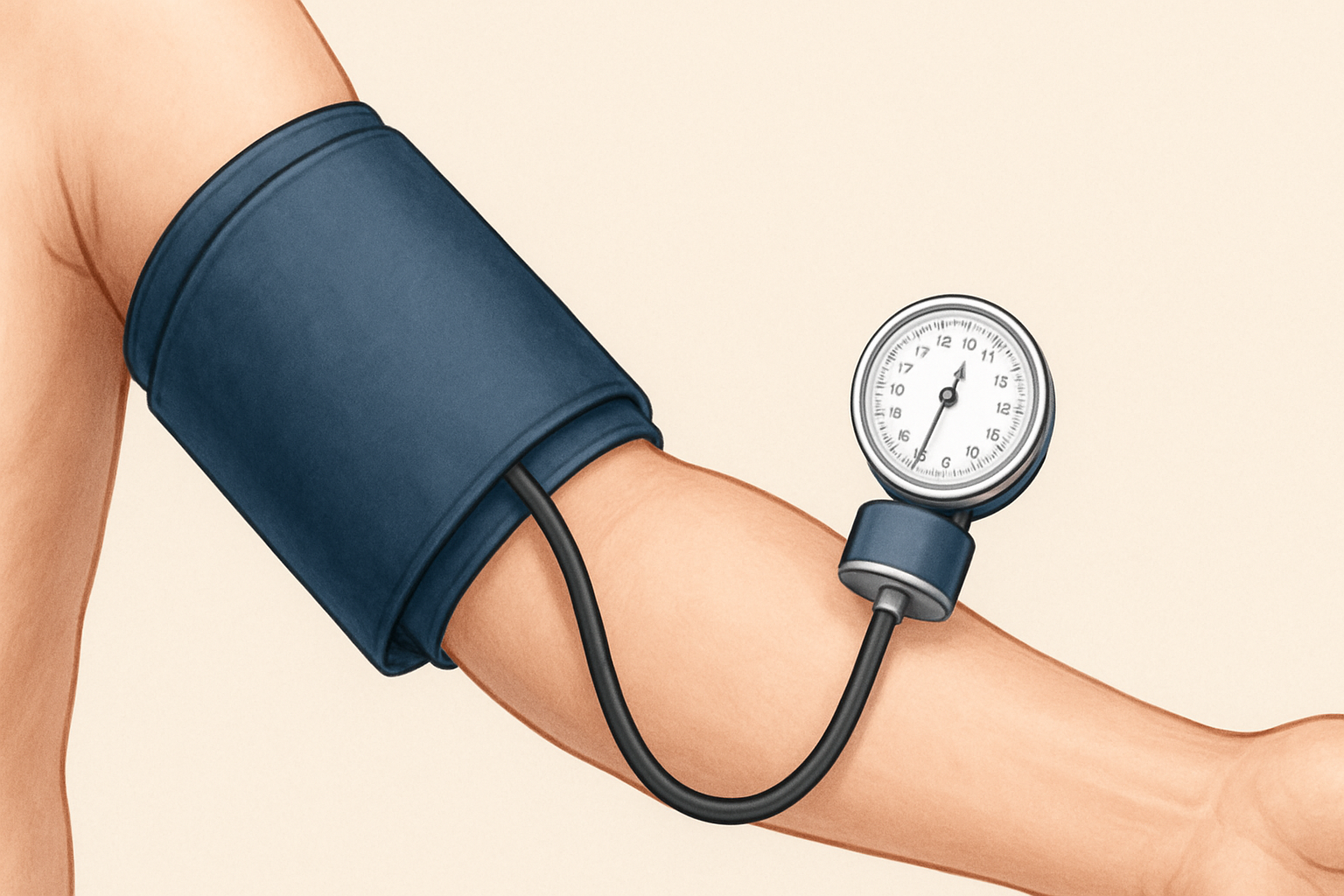
What Two Things Are Used to Measure Blood Pressure? A Look at Essential Components
When asking “what two things are used to measure blood pressure?” the answer lies in both the cuff and the gauge—or in digital monitors, the sensor and processor. The cuff, when inflated, halts blood flow temporarily. The gauge or sensor then measures the pressure as blood begins to flow again. Understanding this interaction is key to proper technique and accurate readings.
This mechanism also explains the variability that can occur with improper cuff placement or size. An incorrectly sized cuff can result in skewed readings—either falsely high or falsely low. Knowing how to place the cuff and when to measure BP helps minimize these errors. These practical insights are vital for anyone learning how to read BP measurements for clinical or personal use.
Advanced users might even explore pulse wave velocity and arterial stiffness as emerging metrics that build on the foundation of standard BP measurements. While not part of every home device, these innovations are based on the same core principles. They further highlight the evolving nature of how to test blood pressure with increasing precision.
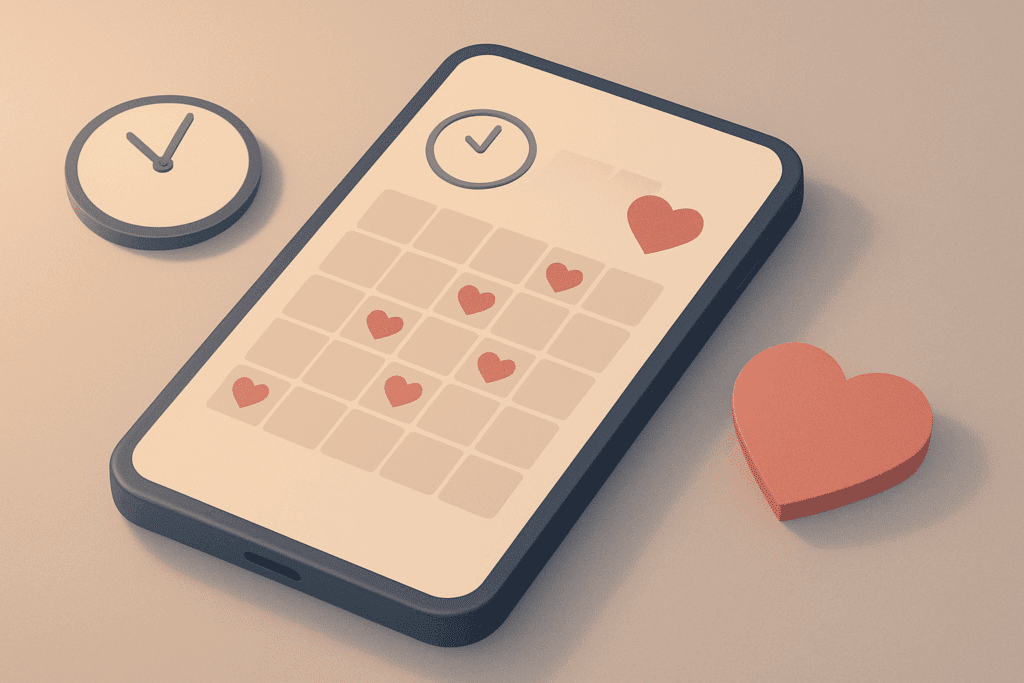
When and How Often to Check Blood Pressure for Optimal Monitoring
A common concern among patients is how often to check blood pressure for reliable tracking without becoming overly focused on fluctuations. The frequency largely depends on individual risk factors, underlying conditions, and treatment plans. Generally, for people with stable readings, checking once or twice a week may suffice. Those newly diagnosed or adjusting medication may need daily checks.
The question “how do you check BP in a way that avoids false alarms or underreporting?” comes down to consistency. Use the same arm, same time of day, and similar conditions to reduce variability. Additionally, knowing when not to take blood pressure is crucial. Avoid times of acute stress, post-exercise, or after meals unless specifically directed otherwise by a clinician.
Healthcare providers may offer guidance tailored to individual needs, particularly if you’re using a blood pressure checker at home. Regular readings provide valuable feedback for adjusting treatment plans. Understanding when to take blood pressure readings and correlating them with symptoms or lifestyle changes enhances both diagnosis and treatment efficacy.
Blood Pressure Screenings and High Blood Pressure Tests in Clinical Practice
Blood pressure screening is one of the simplest yet most vital tools in preventive medicine. It helps identify hypertension, which often presents no symptoms yet significantly increases the risk of heart attack, stroke, and kidney damage. But what is blood pressure screening for, and how is it different from routine checks? In a clinical context, screenings are standardized evaluations used to detect potential issues early, often before symptoms develop.
High blood pressure tests in a medical setting follow strict protocols to ensure consistency and accuracy. These often include multiple readings taken on different days, averaged to confirm a diagnosis. For patients who experience variability, ambulatory blood pressure monitoring over 24 hours may be recommended. This approach captures a fuller picture of fluctuations and ensures that interventions are truly warranted.
By understanding the role of screenings and what to expect during a high blood pressure test, patients can participate more actively in their care. Knowing what blood pressure screening is for and what follow-up actions might be needed bridges the gap between awareness and meaningful intervention.
Frequently Asked Questions: Blood Pressure Measurement and Interpretation
1. What should I do if my blood pressure fluctuates significantly throughout the day?
While some degree of fluctuation is normal, large variations can indicate an underlying issue or improper testing methods. To accurately interpret blood pressure, it’s essential to understand how to read BP readings across different times and situations. Using a blood pressure monitoring chart helps detect patterns—particularly if you log readings consistently under similar conditions. Sudden spikes or drops could be related to stress, caffeine, dehydration, or inconsistent medication timing. If you’re concerned, bring your full chart to your doctor and ask for additional evaluation or a high blood pressure test that includes ambulatory monitoring, which tracks fluctuations over a 24-hour period.
2. Can certain medications interfere with my blood pressure measurement?
Yes, many medications—including decongestants, NSAIDs, and some antidepressants—can temporarily elevate or lower your blood pressure. If you’re learning how to test blood pressure properly, it’s vital to account for these influences, especially if you’re adjusting or starting new medications. Healthcare providers may suggest specific timing for taking blood pressure readings, often advising to avoid measuring shortly after medication intake. Understanding when not to take blood pressure, such as during peak drug activity, will reduce the risk of misinterpretation. Always consult your physician when adding or changing medication, especially if you’re using a home blood pressure checker.
3. Is it normal for wrist blood pressure monitors to give different readings than arm monitors?
Yes, readings from wrist monitors often differ from upper-arm monitors because of anatomical and positioning differences. While a blood pressure 140 on wrist monitor may raise concern, it’s important to verify the result with a more accurate upper-arm device. Knowing how to read BP measurement results from both types of monitors and comparing them over time using a BP monitoring chart can help determine consistency. The accuracy of wrist monitors depends heavily on arm position at heart level and individual vascular anatomy. If you’re relying on wrist devices, ensure you understand how a blood pressure cuff works and follow manufacturer guidance meticulously.
4. How do environmental factors like temperature or altitude impact blood pressure readings?
Environmental factors can influence the outcome of your blood pressure measurement more than many realize. Cold weather causes vasoconstriction, which may elevate systolic values, while heat tends to lower overall blood pressure due to vasodilation. Altitude also plays a role; at high elevations, blood oxygen levels are lower, which can trigger physiological adjustments in heart rate and pressure. When tracking these changes, it’s helpful to use a blood pressure monitoring chart to separate temporary environmental influences from long-term trends. Remember to interpret blood pressure in context, factoring in location, activity level, and acclimatization status.
5. Are there specific times of day that are better for taking blood pressure readings?
Yes, timing plays a crucial role in accurate readings. Morning and early evening are generally considered the best times when your body is in a more rested state. Knowing when to take blood pressure readings regularly—at the same time each day—helps build reliable data for diagnosis or treatment monitoring. Avoid taking blood pressure after meals, exercise, or during stress, as these are moments when not to take blood pressure due to their impact on accuracy. A consistent schedule, recorded in a blood pressure monitoring chart, helps clinicians better interpret the effects of lifestyle, medication, and stress management.
6. How can I ensure accurate readings if I travel frequently or live in different time zones?
Frequent travel can disrupt your ability to maintain consistent testing habits. However, you can still take meaningful readings by focusing on creating environmental consistency, such as testing in a seated, relaxed state and using the same arm each time. To maintain reliability, always carry the same blood pressure checker, preferably calibrated regularly, and log the data by local time. Understanding how to read BP readings across time zones requires consistency in behavior more than time-of-day adherence. When reviewing results with your provider, note location and activity level to improve the interpretation of blood pressure trends.
7. Can stress from taking your own blood pressure skew results?
Yes, this phenomenon—known as self-monitoring anxiety—is common. The act of taking blood pressure can cause anxiety, especially if previous readings have been high, leading to falsely elevated results. To reduce this effect, practice breathing techniques and remain seated quietly for five minutes before taking blood pressure. Understanding how to test blood pressure without emotional interference is critical for home monitoring programs. Recognizing this psychological component improves the reliability of the data and helps you better understand the interpretation of blood pressure measurements over time.
8. How do professional athletes or highly active individuals interpret their blood pressure differently?
Athletes often exhibit lower resting heart rates and blood pressure due to increased cardiovascular efficiency. However, post-exercise readings may remain elevated for a short duration, so it’s important to know when not to take blood pressure—such as within 30 minutes after intense activity. For these individuals, blood pressure mean pressure values and pulse pressure may be more telling than standard systolic/diastolic readings. Using a blood pressure monitoring chart alongside exercise logs helps contextualize results. When learning how can you measure blood pressure effectively in this population, it’s helpful to include performance data and recovery metrics to get a fuller picture.
9. What future technologies are being developed to improve blood pressure monitoring?
The next wave of innovation includes wearable devices that provide continuous monitoring without the need for a traditional cuff. These technologies use optical sensors and machine learning algorithms to calculate systolic and diastolic values based on arterial flow and pulse wave velocity. As they become more accurate, they’ll transform how to read BP measurements in real-time and in more natural environments. Understanding how a blood pressure monitor works in future models will include familiarity with biometric analytics and data trends. Eventually, integration with AI-powered health platforms will allow more nuanced interpretation of blood pressure based on context like sleep, hydration, and stress.
10. How do lab-based tests like the blood pressure blood test differ from standard measurements?
While not commonly used for routine screening, some advanced labs assess biomarkers that correlate with vascular function and cardiovascular risk. These tests can supplement traditional methods by identifying inflammation markers or endothelial dysfunction that might not appear in a standard BP measure. For example, even with normal readings on a blood pressure checker, elevated CRP or troponin levels might prompt further cardiovascular evaluation. Understanding how blood pressure blood test results complement traditional readings deepens your grasp of cardiovascular health. These advanced diagnostics expand our ability to interpret blood pressure in a broader medical context, going beyond just the numbers to what they signify systemically.
Conclusion: Mastering BP Measurement for Lifelong Heart Health
Understanding how to read a BP measurement is not merely about decoding numbers—it’s about gaining insight into the intricate workings of the cardiovascular system and taking charge of your long-term health. From grasping what is systolic pressure to interpreting a blood pressure monitoring chart, each element contributes to a more holistic understanding of wellness. The more you know about how to test blood pressure correctly and when to take readings for accurate results, the better equipped you are to detect early warning signs and make informed decisions.
Whether you’re wondering how can you measure blood pressure at home or trying to understand what two things are used to measure blood pressure in a clinical setting, the key lies in consistency, accuracy, and awareness. Armed with knowledge about the blood pressure measurement unit and how a blood pressure cuff works, you can navigate your cardiovascular health with confidence.
As with any health metric, context matters. Integrating your blood pressure readings with lifestyle factors, medications, and regular screenings offers the most accurate interpretation of blood pressure in daily life. As our understanding of cardiovascular health evolves, the ability to read and interpret BP measurements will remain a cornerstone of preventative care and patient empowerment. Let this knowledge serve as a guide—not just for managing numbers, but for optimizing heart health for years to come.
Was this article helpful? Don’t let it stop with you. Share it right now with someone who needs to see it—whether it’s a friend, a colleague, or your whole network. And if staying ahead on this topic matters to you, subscribe to this publication for the most up-to-date information. You’ll get the latest insights delivered straight to you—no searching, no missing out.
Further Reading:
In brief: How is blood pressure measured?
Understand Your Blood Pressure Reading Using a Blood Pressure Chart


